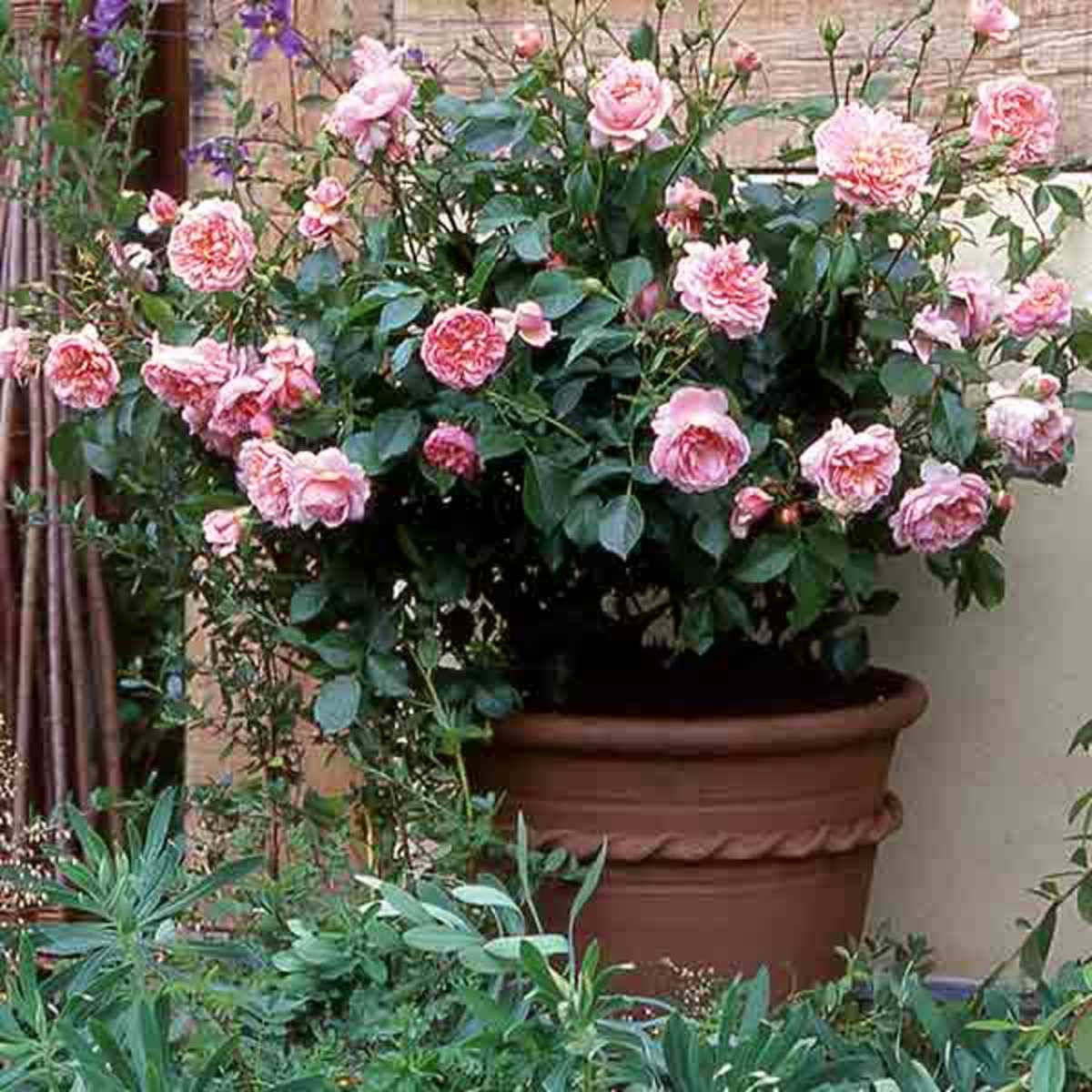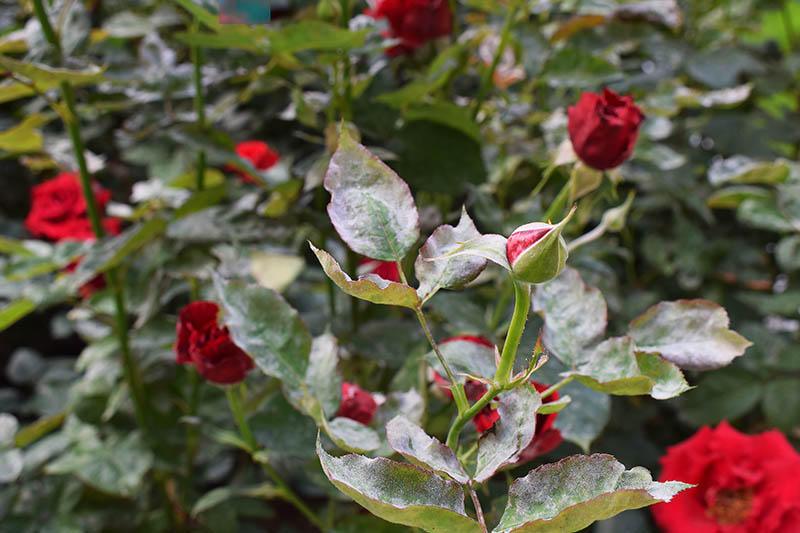Creating the Perfect Environment
When it comes to how to care for rose bushes, providing the right environment is crucial for their growth and development. Rose bushes require a delicate balance of sunlight, water, and air circulation to thrive. By understanding the specific needs of your rose bushes, you can create an optimal environment that promotes healthy growth and encourages blooming.
Sunlight is one of the most critical factors to consider. Rose bushes need at least six hours of direct sunlight per day to produce blooms. However, it’s essential to ensure that the sunlight is not too intense, as this can cause damage to the leaves and flowers. If you’re growing rose bushes in a hot climate, consider providing shade during the hottest part of the day to prevent scorching.
Water is another vital component of a rose bush’s environment. While rose bushes need consistent moisture, overwatering can be detrimental to their health. It’s essential to assess the soil type and pH level to determine the right amount of water to provide. For example, rose bushes growing in clay soil may require more water than those growing in sandy soil. A simple soil test can help you determine the pH level of your soil, and adjustments can be made accordingly.
Air circulation is also critical for healthy rose bushes. Good air circulation helps to prevent disease and promotes healthy growth. Make sure to provide enough space between each rose bush to allow for adequate air circulation. You can also improve air circulation by pruning nearby plants or structures that may be obstructing airflow.
By providing the right environment, you can set your rose bushes up for success. Remember to monitor your rose bushes’ response to their environment and make adjustments as needed. With the right balance of sunlight, water, and air circulation, you’ll be well on your way to growing healthy and thriving rose bushes that will provide you with beautiful blooms for years to come.
Watering Wisdom: Avoiding Overhydration and Underhydration
Watering is a crucial aspect of how to care for rose bushes, and it’s essential to get it right. Overhydration and underhydration can both have devastating effects on the health and beauty of your rose bushes. By understanding the right frequency, amount, and timing of watering, you can ensure your rose bushes receive the perfect amount of moisture.
The frequency of watering depends on several factors, including the climate, soil type, and weather conditions. As a general rule, rose bushes need about 1 inch of water per week, either from rainfall or irrigation. However, this can vary depending on the specific needs of your rose bushes. For example, rose bushes growing in hot and dry climates may require more frequent watering, while those growing in cool and wet climates may require less.
The amount of water is also critical. Rose bushes need deep watering to encourage deep root growth, but overwatering can lead to root rot and other problems. A good rule of thumb is to water your rose bushes deeply once or twice a week, depending on the weather conditions. Avoid frequent shallow watering, as this can encourage weak and shallow root growth.
The timing of watering is also important. It’s best to water your rose bushes in the morning, so the plants have the entire day to absorb the water. Avoid watering in the evening, as this can encourage fungal growth and other problems.
Signs of overhydration include yellowing leaves, droopy stems, and root rot. If you notice any of these signs, it’s essential to reduce the frequency and amount of watering. On the other hand, signs of underhydration include wilting leaves, dry soil, and weak growth. If you notice any of these signs, it’s essential to increase the frequency and amount of watering.
By following these tips and guidelines, you can ensure your rose bushes receive the perfect amount of water. Remember to monitor your rose bushes’ response to watering and make adjustments as needed. With the right watering strategy, you can enjoy beautiful and healthy rose bushes that will thrive for years to come.
Fertilizing for Optimal Blooms
Fertilizing is a crucial aspect of how to care for rose bushes, as it provides essential nutrients for healthy growth and blooming. Rose bushes are heavy feeders and require regular fertilization to produce abundant and vibrant blooms. By choosing the right type of fertilizer and applying it correctly, you can encourage optimal blooming and promote overall health.
There are two main types of fertilizers: organic and inorganic. Organic fertilizers, such as compost, manure, and fish emulsion, release nutrients slowly and promote soil health. Inorganic fertilizers, such as synthetic fertilizers, provide quick bursts of nutrients but can harm soil health if overused. A balanced fertilizer with a ratio of 10-10-10 (nitrogen-phosphorus-potassium) is ideal for rose bushes.
When to fertilize is just as important as what to fertilize with. Rose bushes should be fertilized in early spring, when new growth begins, and again in mid-summer, when blooming is at its peak. Avoid fertilizing in the fall, as this can encourage new growth that may not have time to harden off before winter.
How to apply fertilizer is also critical. Always follow the instructions on the fertilizer package, and start with a small amount to avoid burning the roots. It’s also essential to water the fertilizer into the soil to prevent burning the leaves. A slow-release fertilizer can provide nutrients throughout the growing season, reducing the need for frequent applications.
Some additional tips to keep in mind when fertilizing rose bushes include avoiding overfertilization, which can lead to weak growth and fewer blooms. Also, consider the soil type and pH level when choosing a fertilizer, as some fertilizers may not be suitable for certain soil conditions. By fertilizing correctly, you can encourage optimal blooming and promote overall health in your rose bushes.
Pruning for Shape and Health
Pruning is an essential aspect of how to care for rose bushes, as it promotes healthy growth, encourages blooming, and maintains shape. Pruning can seem intimidating, but with the right techniques and tools, it’s a simple process that can make a significant difference in the health and beauty of your rose bushes.
There are several pruning techniques to master, including pruning for shape, promoting healthy growth, and encouraging blooming. Pruning for shape involves cutting back canes to maintain a desired shape or size, while promoting healthy growth involves removing dead, diseased, or damaged wood to prevent the spread of disease. Encouraging blooming involves cutting back canes to promote new growth and increase blooming.
The best pruning tools for rose bushes include sharp, clean, and sterile pruning shears, loppers, and pruning saws. It’s essential to disinfect pruning tools between cuts to prevent the spread of disease. When pruning, make clean cuts at a 45-degree angle, and remove any weak or spindly growth.
The timing of pruning is also critical. For most rose bushes, pruning should be done in late winter or early spring, before new growth begins. However, some rose bushes, such as climbing roses, may require pruning in the summer months to maintain shape and promote blooming.
Some additional tips to keep in mind when pruning rose bushes include removing any suckers or water sprouts, which can divert energy from the rest of the plant. Also, consider the type of rose bush you’re pruning, as some varieties may require special pruning techniques. By pruning correctly, you can promote healthy growth, encourage blooming, and maintain the shape of your rose bushes.
Remember, pruning is an essential part of how to care for rose bushes, and with the right techniques and tools, you can keep your rose bushes healthy, beautiful, and thriving.
Pest and Disease Control: Common Issues and Solutions
When it comes to how to care for rose bushes, pest and disease control is a crucial aspect to consider. Rose bushes are susceptible to various pests and diseases that can weaken their growth, reduce blooming, and even lead to their demise. By identifying common issues and implementing effective solutions, you can protect your rose bushes and ensure their optimal health.
Common pests that affect rose bushes include aphids, whiteflies, and spider mites. These pests can cause damage to leaves, stems, and flowers, and can also transmit diseases. To control pests, use organic solutions such as neem oil, insecticidal soap, and horticultural oil. Chemical solutions like pesticides can also be effective, but be sure to follow the instructions carefully to avoid harming beneficial insects.
Common diseases that affect rose bushes include black spot, powdery mildew, and rust. These diseases can cause damage to leaves, stems, and flowers, and can spread quickly if left unchecked. To control diseases, use organic solutions such as copper-based fungicides, bicarbonate-based fungicides, and sulfur-based fungicides. Chemical solutions like systemic fungicides can also be effective, but be sure to follow the instructions carefully to avoid harming the environment.
Prevention is key when it comes to pest and disease control. Keep your rose bushes healthy and strong by providing optimal growing conditions, including sufficient sunlight, water, and nutrients. Remove any weeds or debris that can harbor pests and diseases, and dispose of any infected plant material. Regularly inspect your rose bushes for signs of pests or diseases, and take action quickly if you notice any issues.
Some additional tips to keep in mind when it comes to pest and disease control include maintaining good air circulation around your rose bushes, avoiding overwatering, and providing good soil drainage. By following these tips and implementing effective solutions, you can protect your rose bushes from common pests and diseases and ensure their optimal health.
By incorporating pest and disease control into your rose bush care routine, you can enjoy healthy, thriving plants that provide beauty and joy to your garden. Remember, how to care for rose bushes involves more than just watering and fertilizing – it also involves protecting them from common pests and diseases.
Mulching and Composting: The Secret to Healthy Soil
Mulching and composting are essential components of how to care for rose bushes, as they provide a nutrient-rich soil environment that promotes healthy growth and blooming. Mulching helps to retain moisture, suppress weeds, and regulate soil temperature, while composting adds organic matter to the soil, improving its structure and fertility.
When it comes to mulching, choose a material that is organic and free of weeds and diseases. Some popular mulch options for rose bushes include wood chips, bark, and straw. Apply a 2-3 inch layer of mulch around the base of your rose bushes, keeping it a few inches away from the stems. Replenish the mulch as needed, ideally every 2-3 years.
Composting is another crucial aspect of how to care for rose bushes. Compost adds organic matter to the soil, improving its structure and fertility. You can create your own compost using kitchen scraps, leaves, and other organic materials. Apply a 2-3 inch layer of compost to the soil around your rose bushes, mixing it well into the top 6-8 inches of soil.
Some additional tips to keep in mind when it comes to mulching and composting include avoiding the use of synthetic mulches, which can harm the environment and your rose bushes. Also, be sure to turn your compost regularly to ensure it breaks down properly and is free of pathogens.
By incorporating mulching and composting into your rose bush care routine, you can create a healthy and thriving soil environment that promotes optimal growth and blooming. Remember, how to care for rose bushes involves more than just watering and fertilizing – it also involves creating a nutrient-rich soil environment that supports their growth.
By following these tips and incorporating mulching and composting into your rose bush care routine, you can enjoy healthy, thriving plants that provide beauty and joy to your garden. Whether you’re a seasoned gardener or just starting out, mulching and composting are essential components of how to care for rose bushes.
Seasonal Care: Preparing Your Roses for Winter and Summer
As the seasons change, rose bushes require special care to thrive. Understanding how to care for rose bushes during winter and summer is crucial to ensure their survival and promote healthy growth. In this section, we will explore the essential tips and techniques for preparing your roses for the changing seasons.
Winterizing Your Roses
Before the first frost, it’s essential to protect your rose bushes from harsh winter conditions. Start by cleaning up the area around the plants, removing any debris or dead leaves. This will help prevent the spread of disease and pests during the winter months. Next, apply a layer of mulch around 3-4 inches thick to insulate the soil and prevent it from freezing. You can use organic materials like straw, bark chips, or leaves.
For added protection, consider wrapping burlap or a frost blanket around the plant, securing it with twine or wire. This will help shield the rose bush from wind, frost, and cold temperatures. Finally, reduce watering to once a month, as the plant is dormant and requires less moisture.
Summer Care for Roses
During the summer months, rose bushes require careful attention to prevent heat stress and promote blooming. Start by increasing watering to once a week, making sure the soil is consistently moist but not waterlogged. You can also provide additional moisture by misting the leaves with water daily.
To prevent heat stress, provide shade for your rose bushes during the hottest part of the day. You can use a shade cloth or a trellis with a climbing plant to filter the sunlight. Fertilize your roses regularly, using a balanced fertilizer that promotes blooming and healthy growth. Finally, deadhead spent blooms to encourage the plant to produce more flowers.
By following these seasonal care tips, you can ensure your rose bushes thrive throughout the year. Remember to monitor your plants regularly, adjusting your care routine as needed to provide the best possible conditions for growth and blooming. With proper care, your roses will reward you with beautiful flowers and a lush, healthy appearance.
Troubleshooting Common Problems: Tips and Tricks
Even with proper care, rose bushes can sometimes encounter issues that affect their health and appearance. In this section, we will address common problems that rose bush owners may encounter and provide troubleshooting tips and tricks to help overcome these challenges.
Yellowing Leaves
Yellowing leaves can be a sign of overwatering, underwatering, or nutrient deficiency. To address this issue, check the soil moisture and adjust your watering schedule accordingly. Fertilize your rose bushes with a balanced fertilizer to provide essential nutrients. Additionally, ensure good air circulation around the plant to prevent fungal diseases that can cause yellowing leaves.
Lack of Blooms
If your rose bushes are not producing blooms, it may be due to inadequate sunlight, poor soil quality, or insufficient fertilization. Ensure your rose bushes receive at least six hours of direct sunlight per day. Test the soil pH and adjust it if necessary. Fertilize your rose bushes regularly with a fertilizer that promotes blooming.
Weak Growth
Weak growth can be caused by poor soil quality, inadequate watering, or pest infestations. Improve soil quality by adding organic matter such as compost or manure. Water your rose bushes regularly, but avoid overwatering. Inspect your plants regularly for signs of pests and diseases, and take action promptly to prevent their spread.
Other Common Issues
In addition to these common problems, rose bushes can also be affected by pests such as aphids, whiteflies, and spider mites. Regularly inspect your plants for signs of infestation and take action promptly to prevent their spread. Fungal diseases such as black spot and powdery mildew can also affect rose bushes. Use organic or chemical fungicides to control these diseases and prevent their spread.
By following these troubleshooting tips and tricks, you can identify and address common problems that affect rose bushes. Remember to monitor your plants regularly and take prompt action to prevent the spread of pests and diseases. With proper care and attention, your rose bushes will thrive and provide beautiful blooms for years to come. By learning how to care for rose bushes, you can enjoy their beauty and fragrance in your garden.







